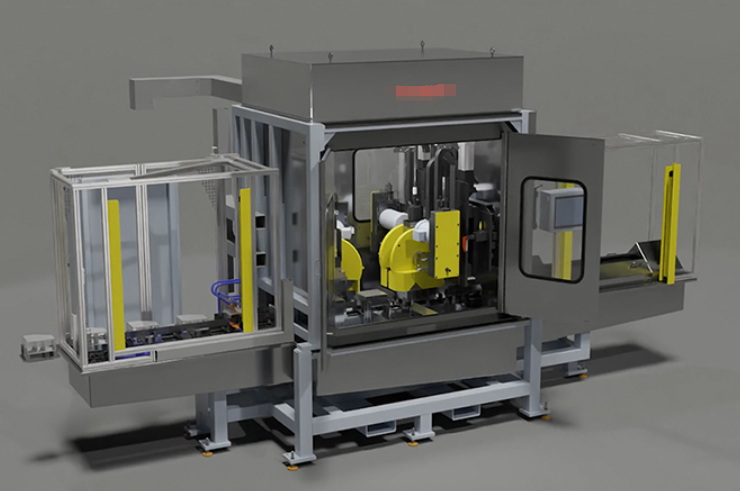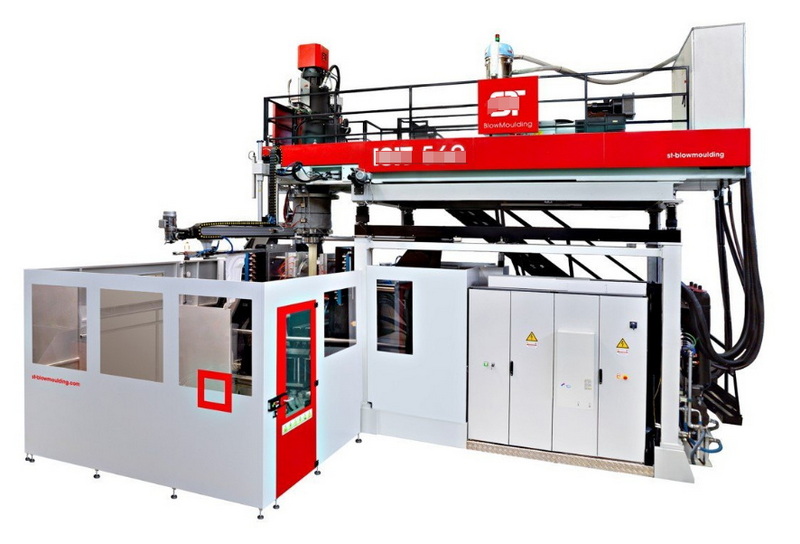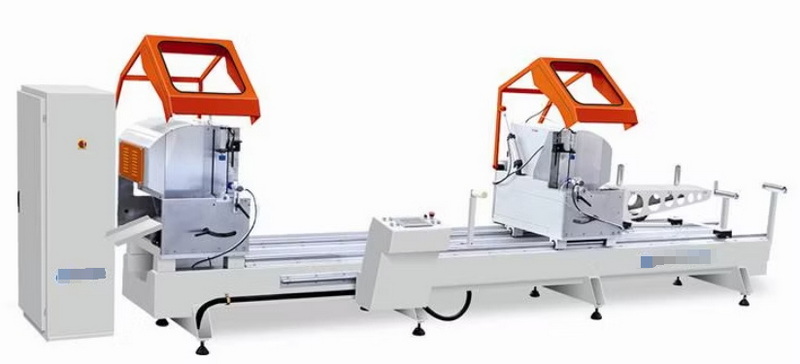Content Menu
● Introduction to Automatic Extrusion Blow Molding Machines
>> Key Components of an Automatic Extrusion Blow Molding Machine
● Applications of Automatic Extrusion Blow Molding Machines
● Factors to Consider When Choosing an Automatic Extrusion Blow Molding Machine
>> 1. Production Capacity
>> 2. Material Compatibility
>> 3. Mold Design and Flexibility
>> 4. Energy Efficiency
>> 5. Maintenance and Support
● Advanced Features in Modern Automatic Extrusion Blow Molding Machines
>> Benefits of Advanced Features
● Market Trends and Future Developments
>> Impact of Sustainability on Machine Selection
● Conclusion
● FAQ
>> 1. What are the main types of blow molding machines?
>> 2. How does an automatic extrusion blow molding machine work?
>> 3. What materials can be used with an automatic extrusion blow molding machine?
>> 4. What are the advantages of using an automatic extrusion blow molding machine?
>> 5. How can I ensure the quality of blow molding machines sourced from suppliers?
Choosing the right automatic extrusion blow molding machine is crucial for businesses involved in the production of plastic containers such as bottles, jars, and other hollow shapes. This article will guide you through the process of selecting the best machine for your needs, highlighting key features, applications, and considerations.

Introduction to Automatic Extrusion Blow Molding Machines
Automatic extrusion blow molding machines are designed to streamline the production of plastic containers by automating the process of extruding and blowing plastic into desired shapes. These machines are widely used in industries such as packaging, automotive, and consumer goods. The automation aspect not only increases efficiency but also reduces labor costs and improves product consistency.
Key Components of an Automatic Extrusion Blow Molding Machine
1. Extruder: This component melts the plastic material and forms it into a tube-like shape known as a parison. The extruder's capacity and quality directly affect the machine's overall performance.
2. Mold: The parison is placed into a mold where it is blown into shape using compressed air. Molds can be customized to produce different shapes and sizes.
3. Blowing System: Comprises a high-pressure blowing valve and air reservoir to inflate the parison. This system must be precise to ensure uniform inflation.
4. Clamping System: Ensures the mold is securely closed during the blowing process. A robust clamping system is essential for maintaining mold integrity.
Applications of Automatic Extrusion Blow Molding Machines
These machines are versatile and can produce a wide range of products, including:
- Bottles and Jars: Commonly used for packaging beverages, cosmetics, and pharmaceuticals. The ability to customize bottle shapes and sizes makes these machines highly adaptable.
- Barrels and Drums: Used for storing chemicals and other liquids. Large capacity containers require machines with robust extruders and molds.
- Toys and Containers: Can be customized for various shapes and sizes, making them ideal for producing unique consumer products.
Factors to Consider When Choosing an Automatic Extrusion Blow Molding Machine
1. Production Capacity
Ensure the machine can meet your production demands in terms of volume and speed. Consider both the short-term needs and potential future growth.
2. Material Compatibility
Choose a machine that can handle the specific plastic materials you plan to use (e.g., PETG, HDPE, PP). Different materials have different processing requirements, so compatibility is crucial.
3. Mold Design and Flexibility
Opt for machines with customizable mold designs to accommodate different product shapes and sizes. This flexibility allows for a broader range of product offerings.
4. Energy Efficiency
Consider machines with energy-saving features to reduce operational costs. Modern machines often include advanced cooling systems and optimized extruder designs to minimize energy consumption.
5. Maintenance and Support
Look for suppliers offering reliable after-sales support and maintenance services. Regular maintenance is essential to extend the machine's lifespan and ensure continuous operation.

Advanced Features in Modern Automatic Extrusion Blow Molding Machines
Modern machines often include advanced features such as:
- Automatic Mold Change: Reduces downtime between production runs by quickly switching between different molds.
- High-Speed Production: Increases output by optimizing the extrusion and blowing processes.
- Quality Control Systems: Include sensors and cameras to monitor product quality in real-time, ensuring consistency and reducing waste.
Benefits of Advanced Features
These features not only enhance production efficiency but also improve product quality. By automating more aspects of the process, human error is minimized, and consistency is maximized.
Market Trends and Future Developments
The market for automatic extrusion blow molding machines is evolving rapidly, driven by demands for sustainability and efficiency. Future developments are likely to focus on:
- Sustainable Materials: Machines capable of processing recycled materials or bioplastics will become more prevalent.
- Digital Integration: Increased use of IoT and AI technologies to optimize production processes and predict maintenance needs.
Impact of Sustainability on Machine Selection
When selecting a machine, consider its ability to adapt to future sustainability standards. Machines that can handle a variety of materials, including recycled plastics, will be more valuable in the long term.
Conclusion
Selecting the right automatic extrusion blow molding machine requires careful consideration of production needs, material compatibility, and operational efficiency. By understanding these factors and exploring the latest technologies and innovations in the field, businesses can optimize their manufacturing processes and improve product quality.

FAQ
1. What are the main types of blow molding machines?
- Extrusion Blow Molding: Suitable for producing bottles, jars, and other containers.
- Injection Blow Molding: Used for making preforms that are then blown into shape.
- Stretch Blow Molding: Ideal for producing PET bottles with high clarity and strength.
2. How does an automatic extrusion blow molding machine work?
An automatic extrusion blow molding machine works by first extruding a parison, which is then placed into a mold. Compressed air is used to inflate the parison into the desired shape, and the mold is cooled to set the shape.
3. What materials can be used with an automatic extrusion blow molding machine?
Common materials include PETG, HDPE, PP, and ABS. The choice of material depends on the intended use of the final product.
4. What are the advantages of using an automatic extrusion blow molding machine?
Advantages include high production efficiency, cost-effectiveness, and the ability to produce a wide range of container sizes and shapes.
5. How can I ensure the quality of blow molding machines sourced from suppliers?
Ensure suppliers have good reputations, inspect their facilities, and request product samples. Working with established suppliers ensures quality assurance and reliable after-sales support.






















